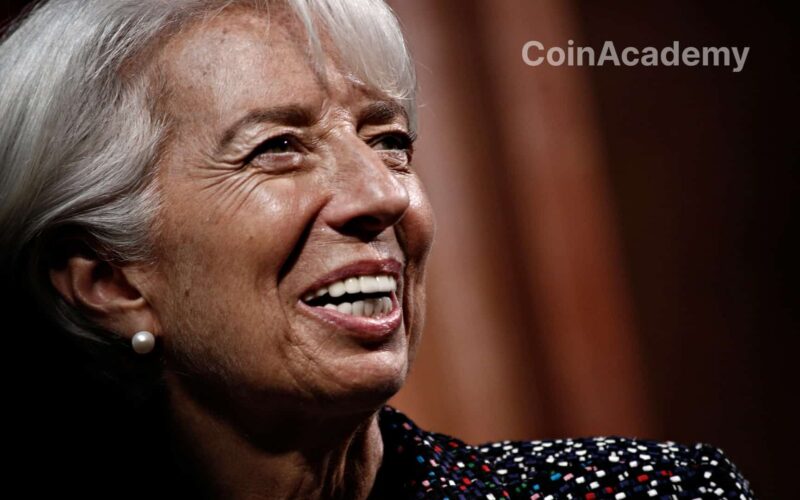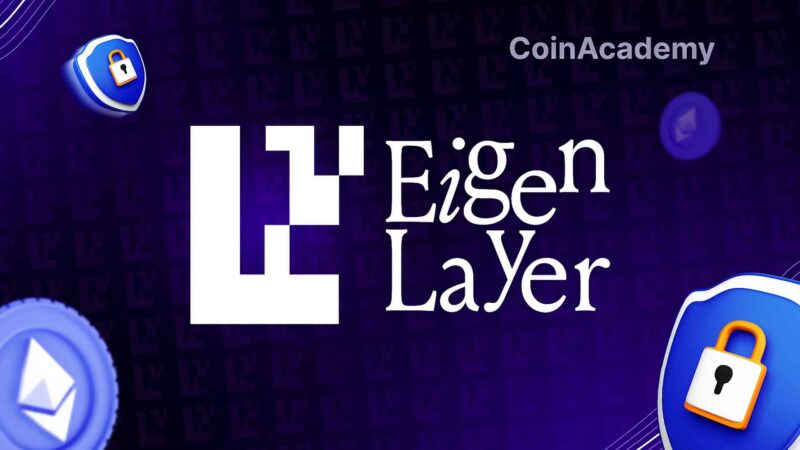EU’s MiCA Regulations Set New Rules for Stablecoins
The European Union’s new rules for stablecoins, set by the Markets in Crypto-Assets (MiCA) legislation, will come into effect on June 30.
These rules impose a ban on daily transactions exceeding one million for goods or services, both on-chain and off-chain. Tether, Circle, and other major stablecoin issuers will soon face strict regulation in the European Union.
Rules and Restrictions of MiCA
The new rules state that stablecoin issuers must obtain the appropriate authorization to operate in all 27 EU member countries. Additionally, they must abide by strict limits on the number and value of transactions, as defined by Article 23 of the MiCA law.
According to this provision, companies must cease issuing stablecoins referenced to assets used as a means of exchange for more than one million transactions or a value exceeding 200 million euros per day. These restrictions aim to prevent projects like Facebook’s Diem from replacing the euro.
Reactions and Challenges for Stablecoin Issuers
These limits are in place to preserve the monetary system.
Spokesperson for the European Banking Authority
Robert Kopitsch, Secretary-General of Blockchain for Europe, stated that these restrictions may prevent major stablecoin issuers like Tether (USDT) and Circle (USDC) from operating within the EU. Given that 99% of the stablecoin market is denominated in US dollars, this poses a significant problem for these companies.
Mark Foster, EU Policy Chief at the Crypto Council for Innovation, explained that these caps are intended to protect the monetary system. A spokesperson for the European Banking Authority (EBA) confirmed that the rules do not prohibit the issuance of stablecoins denominated in assets other than the euro, as long as they are not used as a means of payment for goods or services.
Steps Taken by Companies to Comply with MiCA
Companies like Circle and Tether have very little time to obtain an e-money license in order to operate legally. Circle, which conditionally registered as a digital asset service provider with the French Financial Markets Authority in April, aims to obtain an e-money license before the deadline.
A spokesperson for Circle stated that the company is fully committed to complying with MiCA regulations and plans to issue its EURC and USDC stablecoins from France.
Paolo Ardoino, CEO of Tether, indicated that Tether is actively working with its European partners to understand and comply with the regulatory requirements of MiCA.
The future course of action depends on the European Commission and the newly appointed commissioners chosen by the recently elected European Parliament. Kopitsch emphasized that there is a growing understanding of the need to find a solution to the restrictions imposed by stablecoin rules.




